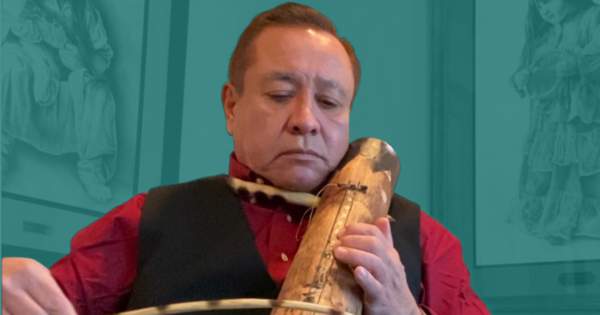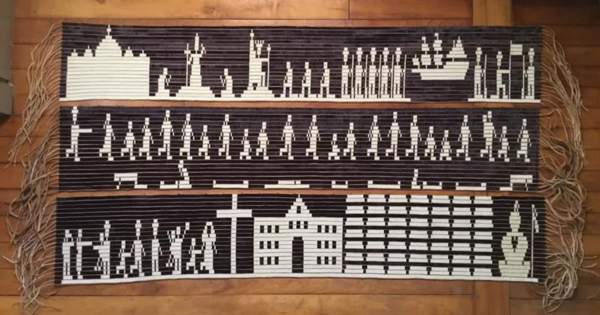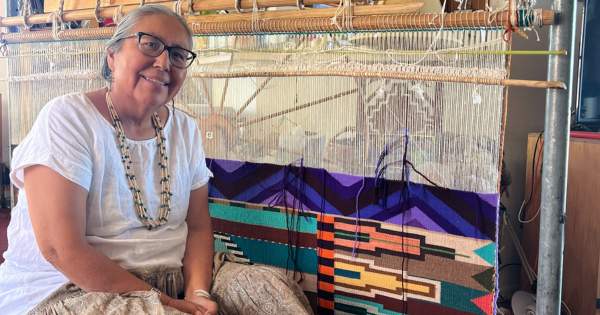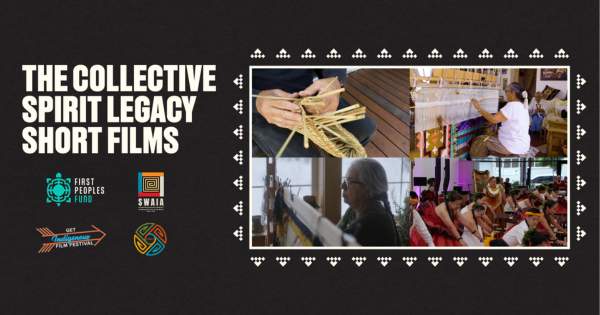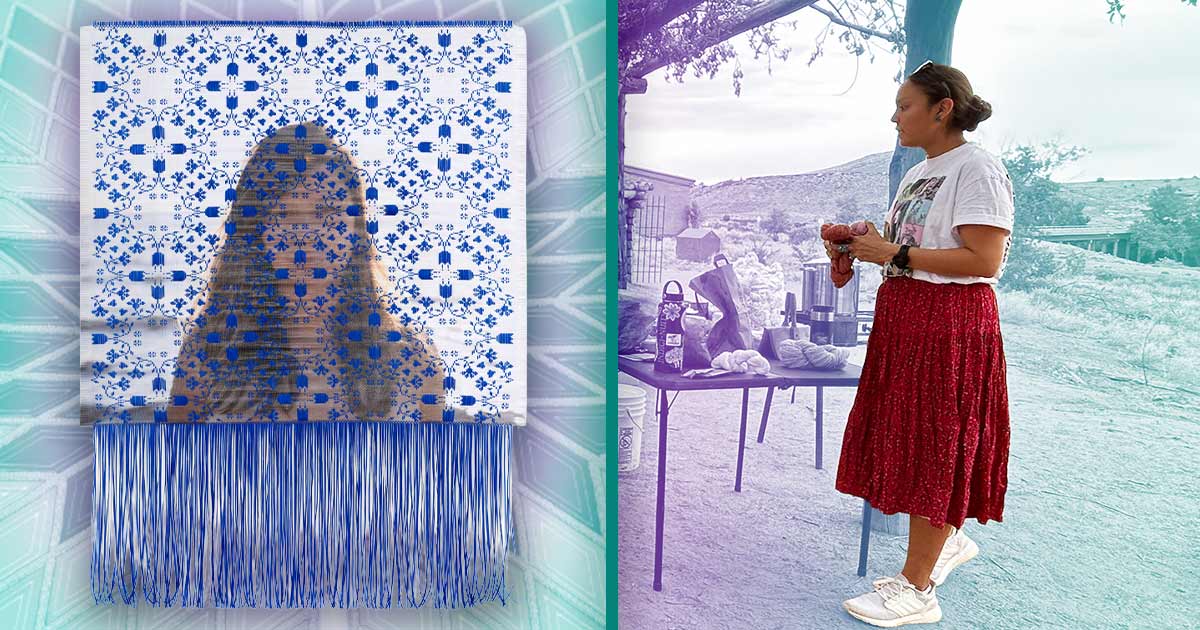
Building Spaces to Heritage: The Hale Halawai Project at Kalāheo High
Tara Gumapac, (Kanaka Maoli or Native Hawaiian) based in O’ahu, Hawai’i, is a cherished community member that shines as a beacon of creative and cultural resilience. As a 2022 First Peoples Fund Artist in Business Leadership fellow, Tara embodies the spirit of innovation and dedication. Her daily life as a beloved faculty member at Kalāheo High School is filled with achievements, notably being honored as Teacher of the Year for the 2022-2023 academic period. Tara's profound connection to her heritage and unwavering commitment to her community illuminate her work, particularly in crafting a curriculum that celebrates Kanaka Maoli themes that deeply resonate with her high school students.
One of Tara's remarkable initiatives involved guiding her students in constructing a traditional Kanaka Maoli hale halawai (meeting house, a building for public meetings). This project was born from a blend of curiosity and a heartfelt desire among the students for a space that was unequivocally theirs. This space was envisioned as a haven for creativity and cultural engagement within the school's bounds. In collaboration with Kanaka Maoli community leaders, Tara and her enthusiastic students embarked on this journey, meticulously gathering materials, drafting a building plan, and successfully proposing their vision to the school administration.
“We worked with many organizations, but the main organization was Paepae O Heʻeia. Others included Ke Kahua o Kualiʻi, Office of Hawaiian Education, Kaneohe Marine Corps Base and Kapaʻa Quarry HC&D who donated pōhaku (stone) for our wall.” This comprehensive network of partnerships exemplifies the depth of community involvement. Tara also mentions, “Mason Architect was an amazing architectural company that walked us through the process of producing blueprint drawings for the hale.”
When describing the collaborative process, Tara elaborates, “We worked with many organizations, but the main organization was Paepae O Heʻeia. Others included Ke Kahua o Kualiʻi, Office of Hawaiian Education, Kaneohe Marine Corps Base and Kapaʻa Quarry HC&D who donated pōhaku (stone) for our wall.” This comprehensive network of partnerships exemplifies the depth of community involvement. Tara also mentions, “Mason Architect was an amazing architectural company that walked us through the process of producing blueprint drawings for the hale.” The local community's overwhelming support underscored the project's profound cultural significance, propelling Tara and her students forward with renewed vigor and the unwavering backing of the community.
This initiative served not only as a cultural revival but also as a poignant reminder of the historical challenges the Kanaka Maoli community faced, including the loss of land, language, and culture. The hale halawai project symbolized honor for Kanaka Maoli architectural wisdom, emphasizing the cultural teachings and values inherent in utilizing locally sourced materials and traditional construction methods. Furthermore, it presented an opportunity to highlight the application of Indigenous knowledge on the contemporary issue of homelessness, showcasing the value and enduring relevance of Kanaka Maoli traditions in today's society.
Over months of collaborative effort, students, faculty, and community members poured their hearts into creating the hale halawai at Kalaheo, a process marked by care, enthusiasm, and communal spirit. The project's completion not only celebrated the rich tapestry of Kanaka Maoli culture, language, and arts at Kalaheo High School but also underscored the vital role of the community in preserving and elevating cultural heritage for future generations.
“There are so many individuals I would like to mention but the main people I would like to mahalo (thanks/gratitude) are Keahi Piʻiohia who was our leader in building the hale and Resha Momilani Ramolete who was my supportive Administrator overseeing the project. Both gave me the drive and the passion to see the project through.”
Tara Gumapac, reflecting on the project, emphasizes its collaborative nature, stating, “There are so many individuals I would like to mention but the main people I would like to mahalo (thanks/gratitude) are Keahi Piʻiohia who was our leader in building the hale and Resha Momilani Ramolete who was my supportive Administrator overseeing the project. Both gave me the drive and the passion to see the project through.” Tara Gumapac's leadership and passion have inspired a reconnection with the land and culture, leaving an indelible mark on her students and the wider community.




